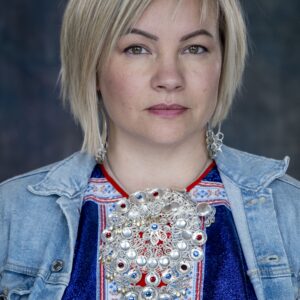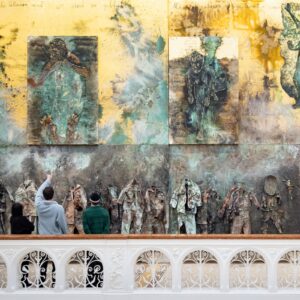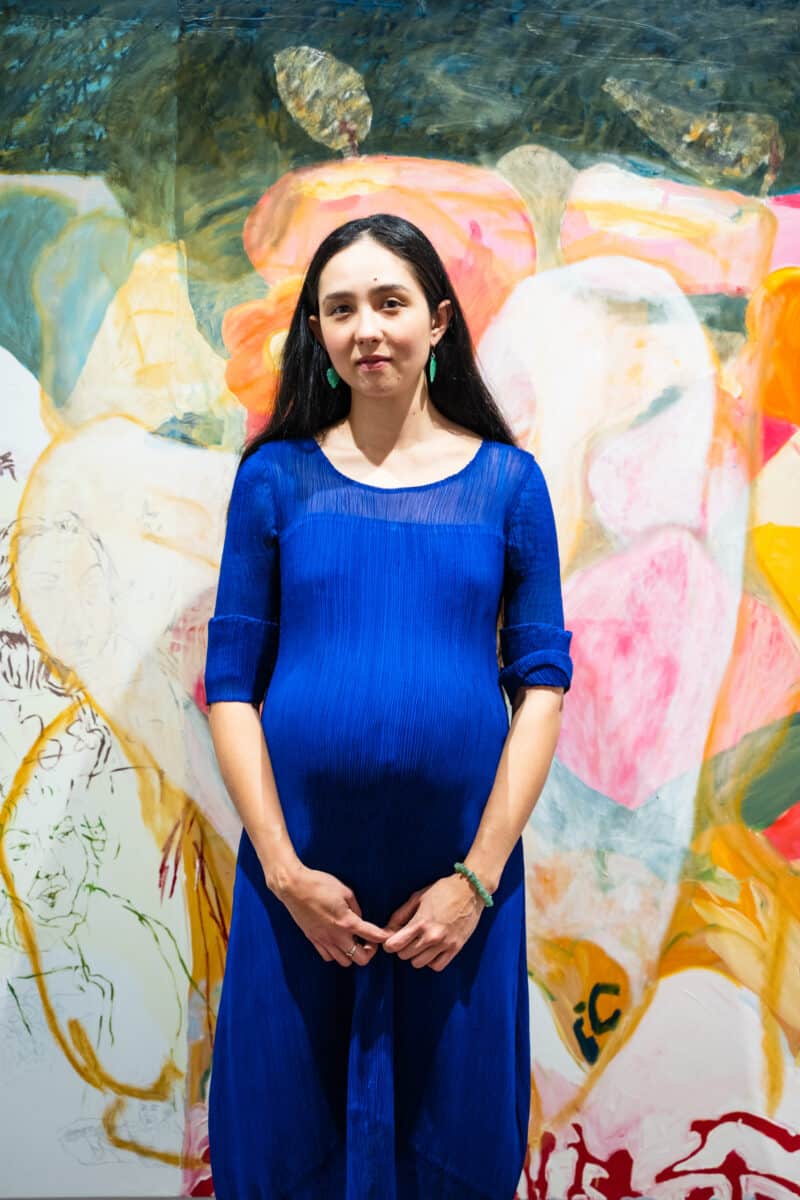
There has never been a better time for artist Eleanor Wang to reflect on her practice to date, one loaded with familial relations, negotiations of cultural heritage, personal storytelling and monumentalised memories of incidents that could otherwise be forgotten. As she presents her solo exhibition with MAMA, a unique new platform committed to championing and supporting artists who identify as women, Wang is on the cusp of motherhood. While planning the show, she notes that the exhibition is somewhat of a springboard coming at a transitional moment,
“it feels like this thing to work up to, just like I’m working up to giving birth” and is already visualising the impact it will have on her practice,
“whenever you put lots of things in a room together, during the months afterwards you are always replaying that in your head and, therefore, able to pick up on things you want to improve on. It gives you new ideas and inspires you to keep on making”.

Her commitment is striking given that just a month after the show closes, she will become a mother; there is a sense of her excitement for new beginnings, both personally and creatively.
On a broader level, this exhibition and MAMA’s project as a whole coincides with new and renewed attention being granted to the inclusion and representation of mother artists, exemplified by Hettie Judah’s recently published compelling text ‘How Not to Exclude Artist Mothers (And Other Parents)’. MAMA’s mission, to work with artists who identify as women in a sustained, holistic, and authentic mode, is an important one, and their platforming of Wang at this significant moment both puts their philosophy into practice and offers viewers an incredible insight into the drive and creativity of women and mother artists. For Wang, the personal and the artistic are inextricably linked, meaning in this case we are indeed welcomed into a personal account of her experience at a pertinent time of change, the exhibition text reads “each of her works can be seen as a record of a life that is both constant and constantly in flux; a reminder of Wang’s own evolution and growth as well as a tool for maintaining a personal and familial psychological continuity, both as an artist, but also sister, daughter, granddaughter, and soon, mother”.

Eleanor Wang was born to a Chinese father and an English mother, she lived in Chengdu, China until she was four, then moved to the UK. In 2018, she graduated from the Slade School of Fine Art, winning the Cass Painting Prize. Her work is greatly influenced by her diverse cultural experience, using accounts of personal memories and select shared occurrences as micro accounts of a wider conversation around her identity and heritage. Family photographs, both relics from the past and new pictures taken and circulated, appear throughout her paintings and recurring characters in her new series include her grandmother and father. Alongside her art practice, she sporadically works as a translator and this impulse to tactically move an idea through multiple forms of expression seems central to her approach to painting. In many ways, the layers of colour, jotted marks, scrawled lines and barely decipherable figures can be read as a story being conveyed opaquely through multiple visual languages. An idea is reformed many times within the same picture plane, as a route to convey the multiplicity within a quotidian, often small incident. When asked about the particular scenes Wang chooses to depict, she comments
“they’re like something you would rush home to tell your mum about after school has finished”,
and describes them as thoughts or images that “linger” and
“become a mental note in [her] mind, like a photograph or a drawing that [she] keeps looking back at”.
For Wang, more so than many other artists, collaboration and family are extremely important and are the central pillars of many of her works. Five years ago, she founded San Mei Gallery in South London with her family and partner as a joint project to encourage artists, designers and makers to experiment and further their research, ultimately supporting the formation of new ideas and avenues of exploration. In both her own work and through San Mei Gallery, Wang opens up unique space for family and creative production to exist symbiotically.
Alongside the central themes of her work, namely family, cultural identity and lived experience, colour appears as an immediate concern when viewing her exhibition with MAMA. In the exhibition text it is described as such,
“shades of purple, red, blue and green permeate Wang’s paintings, imbuing them with a characteristic dynamism”.
In the works, colour is deployed very instinctively and is often a creative tool towards experimentation and storytelling –
“I love colour and actually do feel it is more instinctive than calculated. Sometimes I set myself a challenge not to use a certain colour in a painting. Often, this pushes me to figure out a way to complete a piece in a different way. I paint a few works at the same time, and in terms of colour they tend to bounce off each other or attract each other like magnets.”
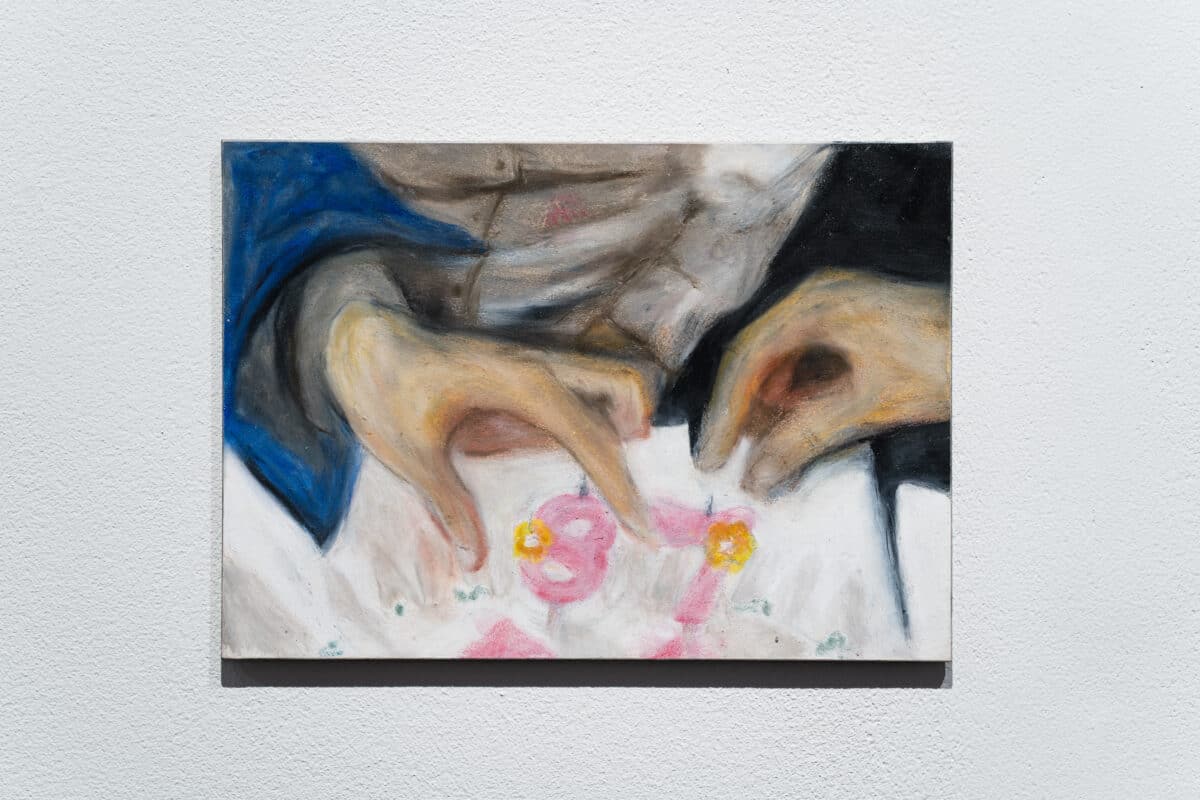
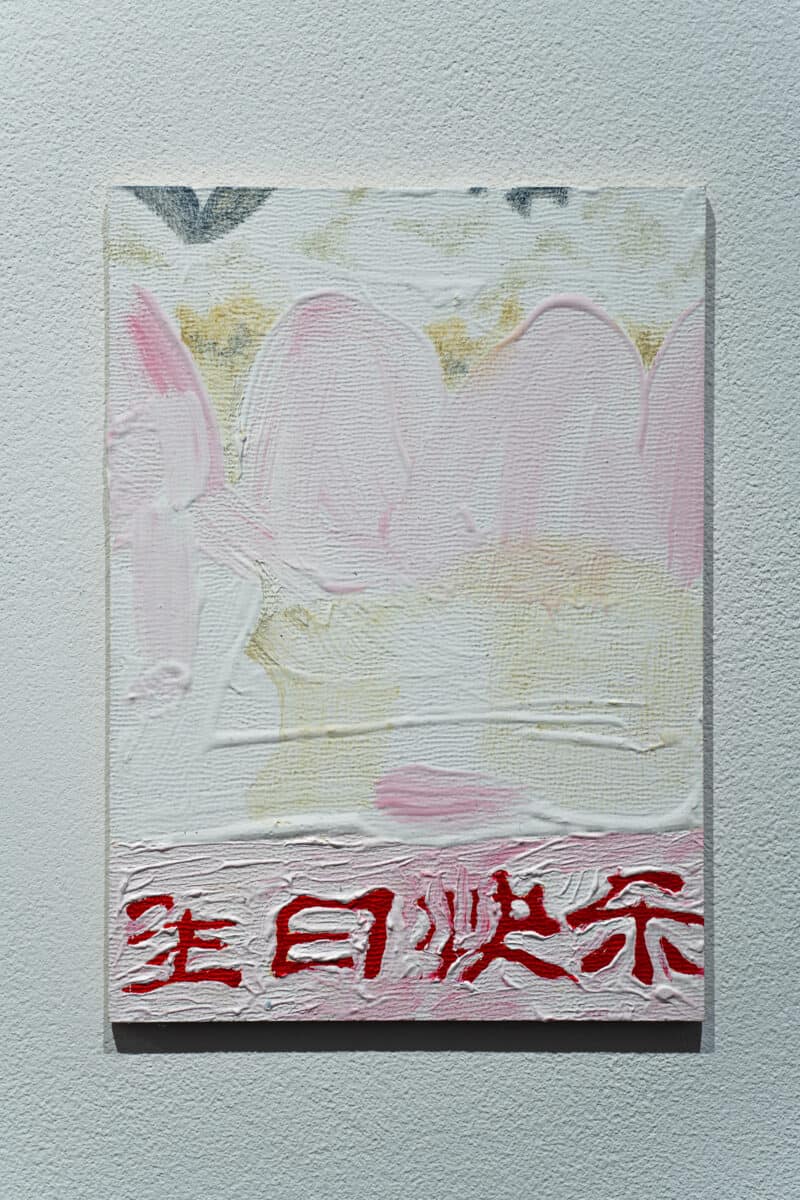
The pieces are thus in constant conversation conjured through a varied but emotive palette and blurring the boundaries between the memories and characters which they depict.
This vibrant dialogue is more than visual and allows viewers to connect viscerally with the works, “Wang uses colours to summon tastes, smells and sounds. In ‘My beloved sweet peach of Chengdu is like nothing you’ve ever tasted’, Wang uses a pastel palette to invoke the sensations associated with the family birthdays she has attended in China and specifically the creamy cakes adorned with peaches”. For Wang, much of the work is about capturing the fullness of an experience, she comments “it’s challenging to paint a feeling, a taste, or a sound, rather than something tangible”. Yet, this remains an important part of how she works, offering an immersive account of a particular moment through painting. When asked how this synesthetic world-building might manifest, she speculates,
“I think it is often achieved through the layering of line, varying the thicknesses and transparency to offer a rich atmosphere.”

Overarchingly, Wang’s practice is an extended exploration of personal storytelling. Using the tools at hand in painting, such a composition, colour, texture, line and layering, she is able to transport the viewer to another place, one she remembers but they have never seen. Wang’s pieces invite us to investigate, looking many times before we really witness everything at play on the canvas. She describes this aspect as “rambling”, noting that she “writes and tells stories in the same sort of way. Things unravel, more is added, something is missed”. This is the crux, the way in which her depictions mirror how we experience reality – no one image offers a clearly decipherable narrative, and one tale is often spiralled and muddled upon the canvas while also blending into the next. In this way she captures both the chaotic and instantaneous nature of how we see the world, and the recollections we attempt to piece back together as we remember that which we saw.
Eleanor Wang @ellieaiwang
MAMA | @art___mama
San Mei Gallery @sanmeigallery

